Regarded as the father of modern Canadian art, Scottish-born William Brymner (1855–1925) was an enthusiastic traveller who was known for landscapes that depict places in Canada and Europe. This deceptively simple painting of girls sitting on a hillside making a wreath of flowers was created during Brymner’s visit to Runswick Bay, Yorkshire, from May to November 1884. A Wreath of Flowers was a critical success for Brymner and a turning point in his early career as an artist. At the time, he described this work as his “magnum opus.” Today, many consider A Wreath of Flowers his best-known painting.
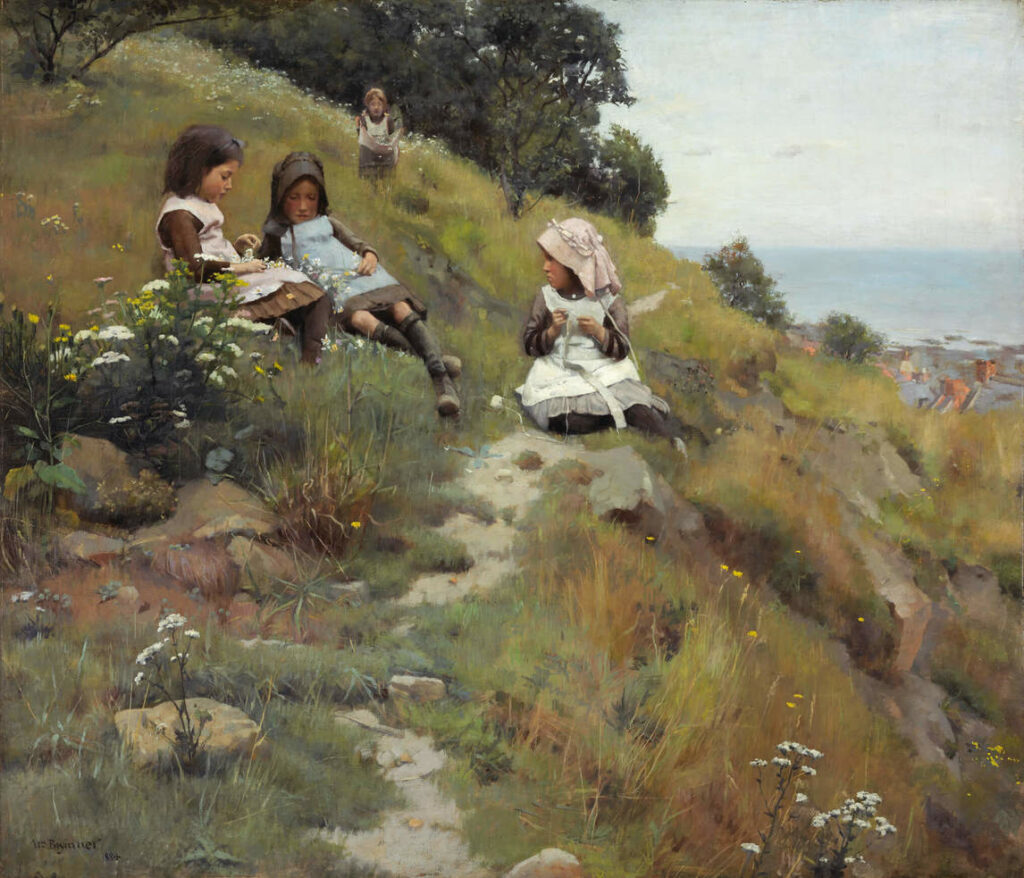
Oil on canvas, 122.5 x 142.7 cm, National Gallery of Canada, Ottawa.
Compositionally, the work is complex and surprising. The diagonal cut of the landscape is dramatic, and the hillside is crowded with wildflowers, rocks, and clumps of grasses. The girls’ figures are crisp and clear, but parts of the landscape are indistinct, almost smudgy. Stylistically, this painting is typical of Brymner’s oeuvre in that it refuses any neat labelling. Its carefully modelled figures represent the influence of Brymner’s French academic training, while its outdoor setting reflects Brymner’s commitment to painting en plein air, a practice that he knew was important to many modern French artists. In bringing these different artistic strategies together, Brymner signalled his commitment to innovation—and his refusal to conform to a specific style.
In 1886, Brymner became a full member of the Royal Canadian Academy of Arts and he donated this painting as his diploma work, a required gift that symbolized his new professional status.
This Spotlight is excerpted from William Brymner: Life & Work by Jocelyn Anderson.
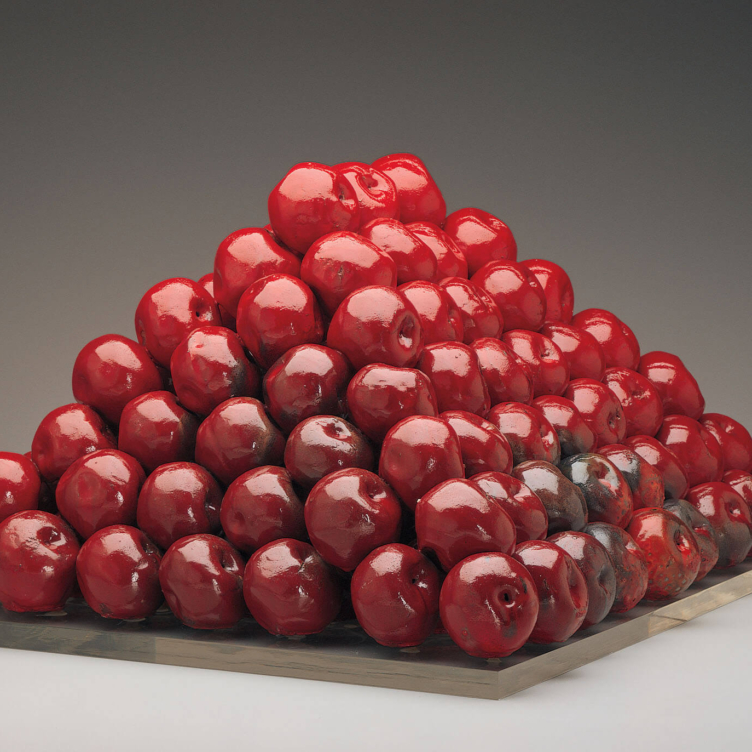 Pyramid Scheme
Pyramid Scheme
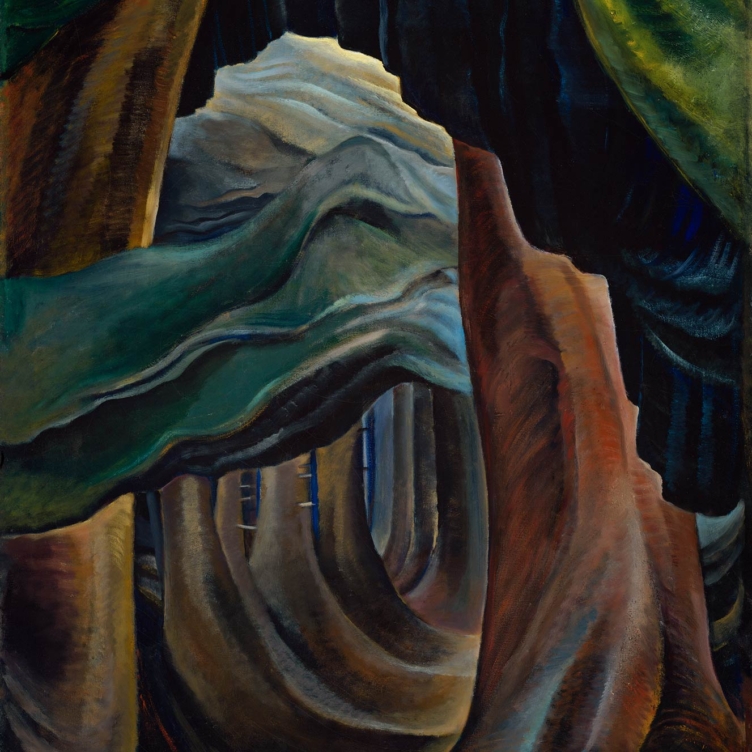 Transportive Trunks
Transportive Trunks
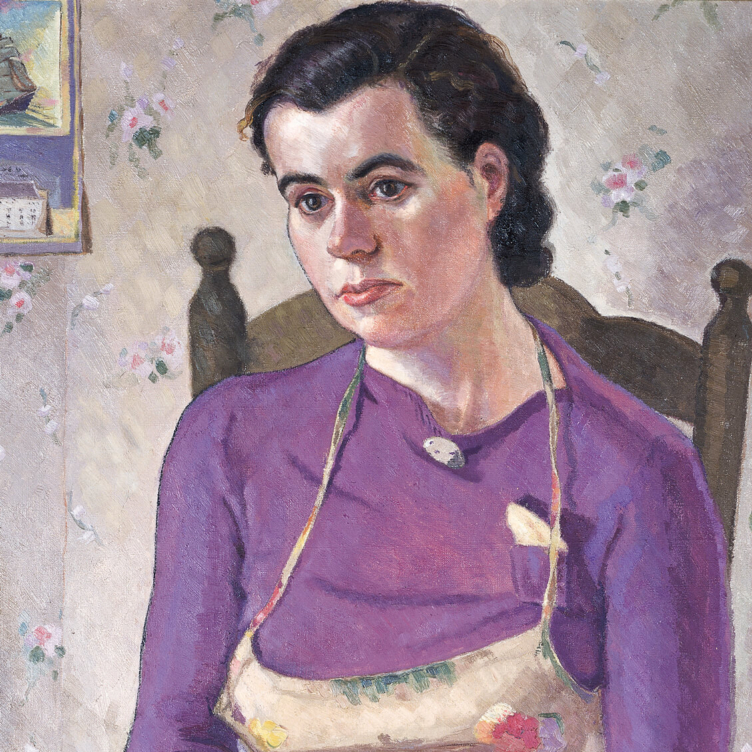 The Military Mate
The Military Mate
 Looking Up on the World
Looking Up on the World
 Vessel of Despair
Vessel of Despair
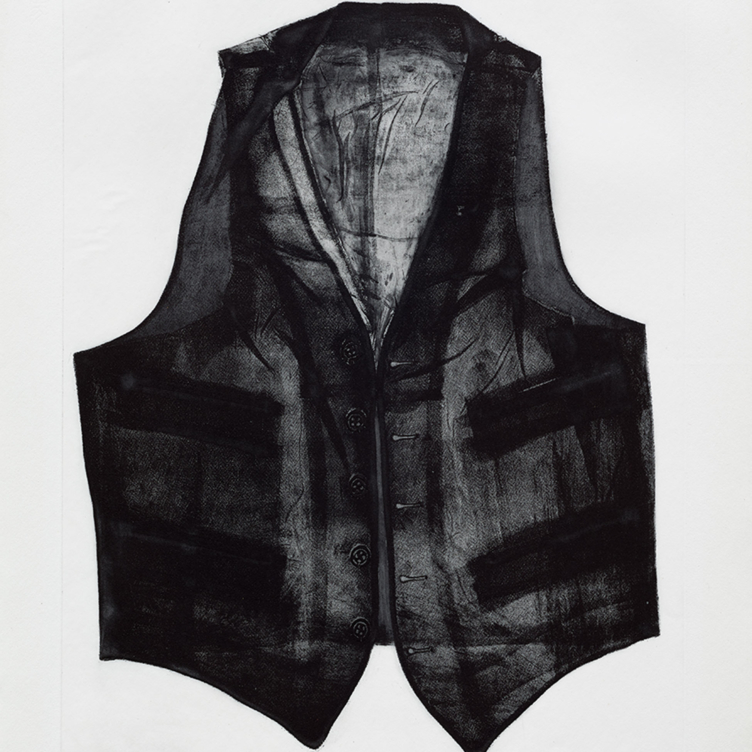 Layers of Meaning
Layers of Meaning
 In Parallel to Nature
In Parallel to Nature
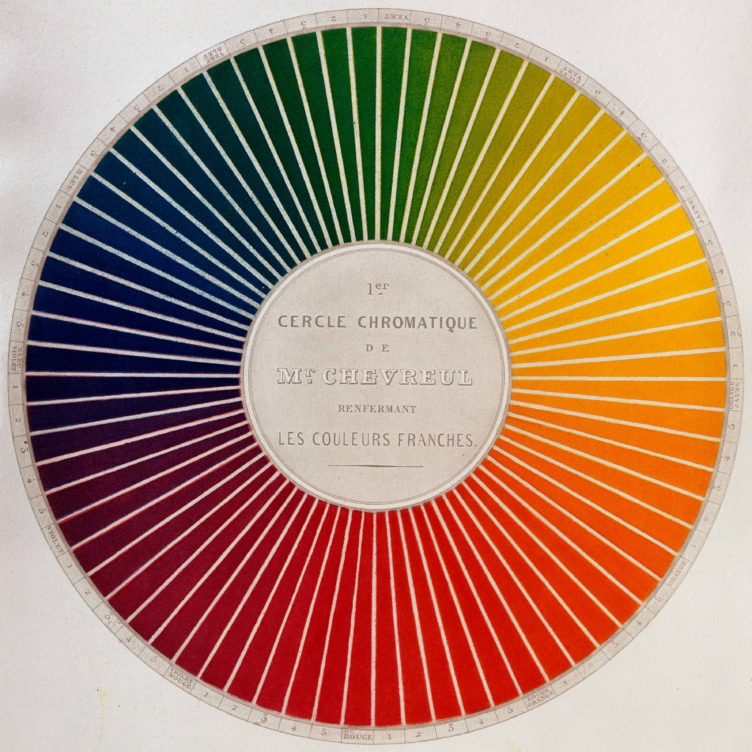 Wheel of Fortune
Wheel of Fortune
 Paintings after emotional states
Paintings after emotional states
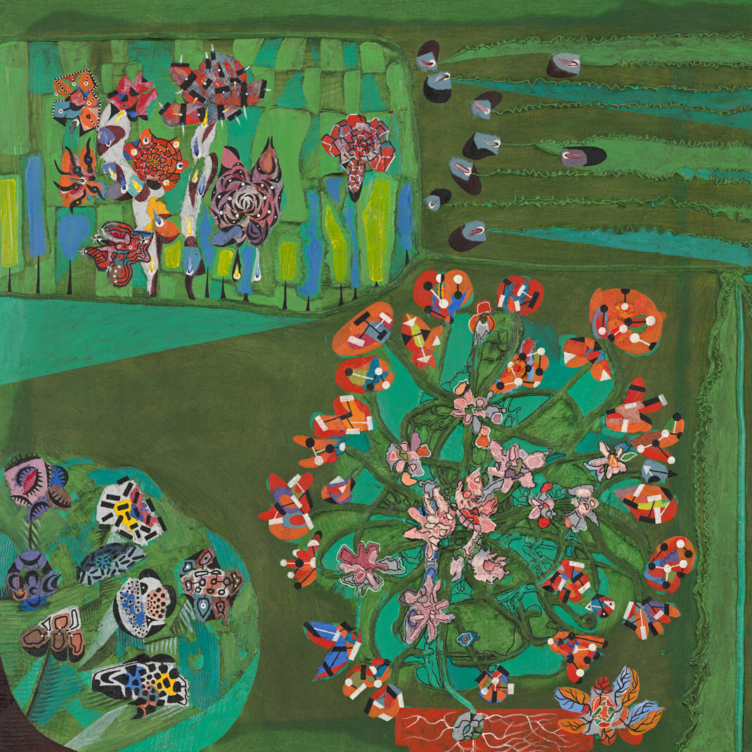 Garden of Delight
Garden of Delight
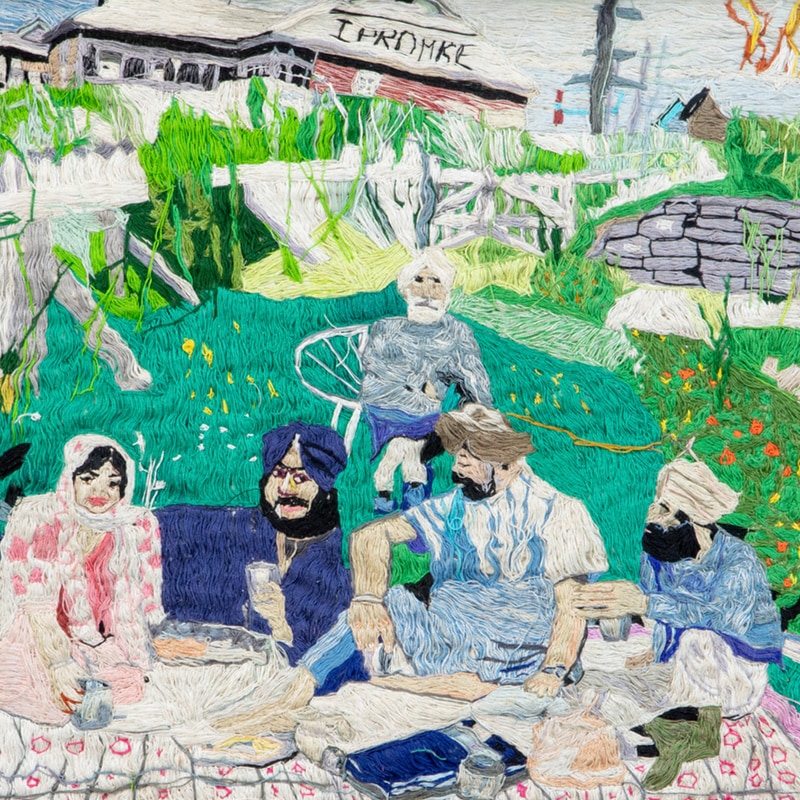 Stitching the Archives
Stitching the Archives
 A Working-Class Hero
A Working-Class Hero
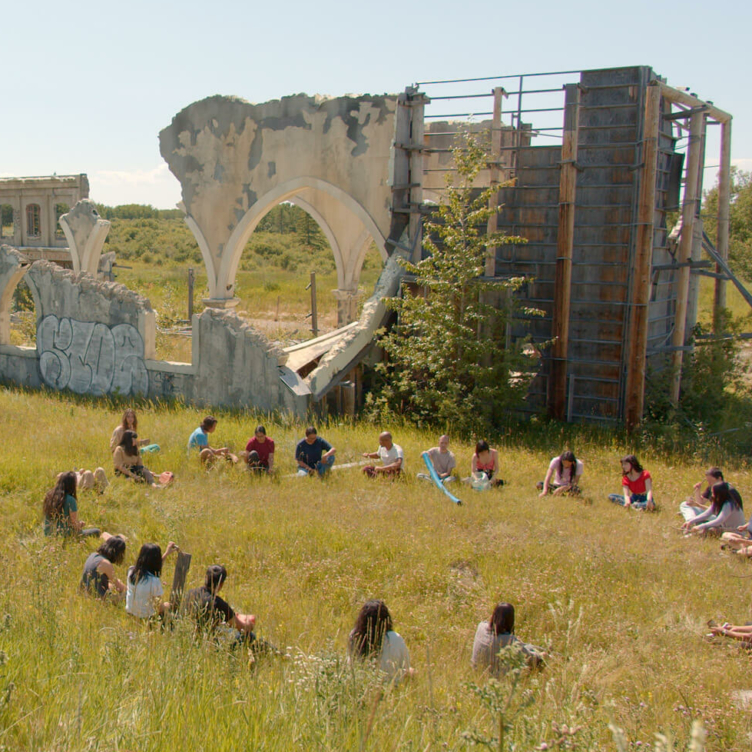 Imagining Entangled Futures
Imagining Entangled Futures
 Bridging Far and Near
Bridging Far and Near
 Soft Power
Soft Power
 Imagining Emancipation
Imagining Emancipation
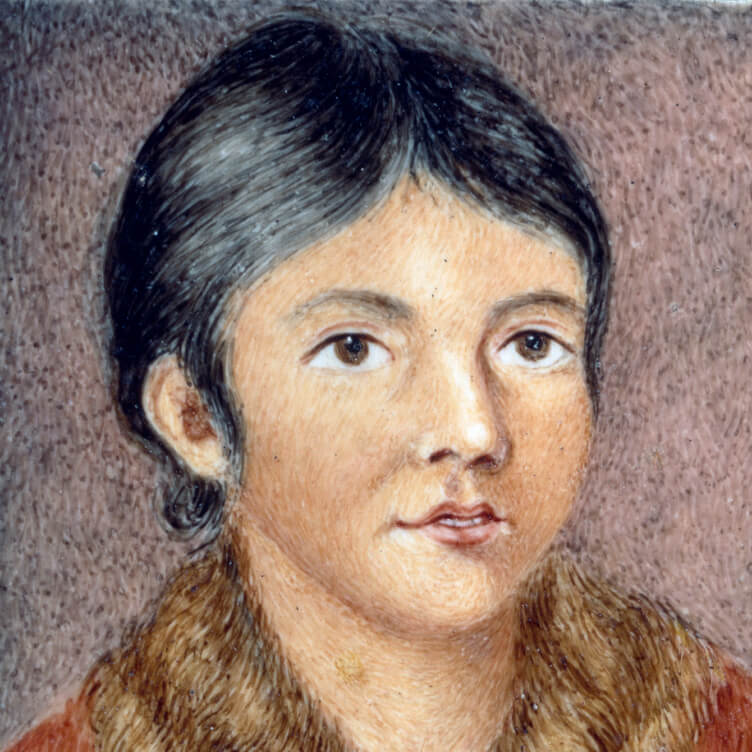 A Priceless Portrait
A Priceless Portrait
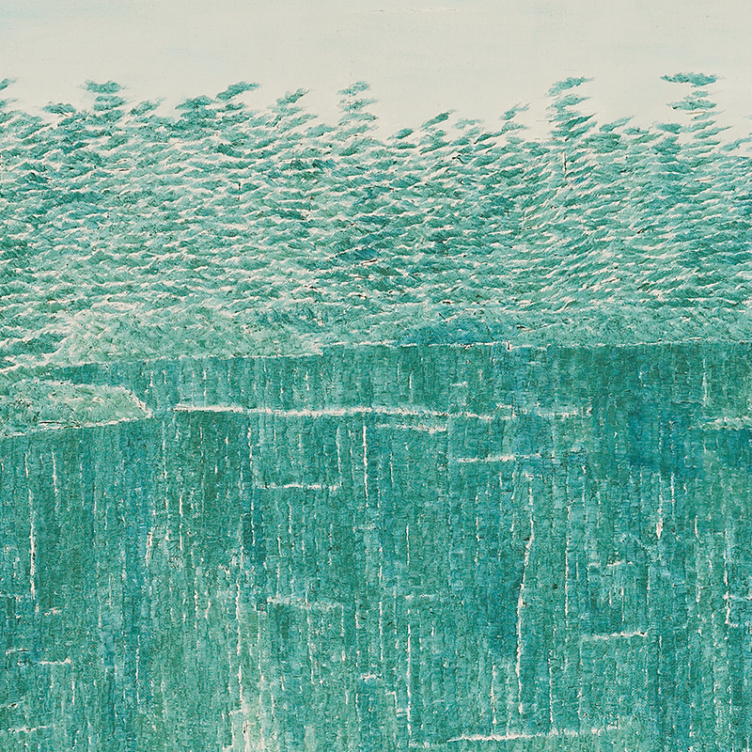 Meditation in Monochrome
Meditation in Monochrome
 Honour and Sacrifice
Honour and Sacrifice
 A Monstrous Vision
A Monstrous Vision